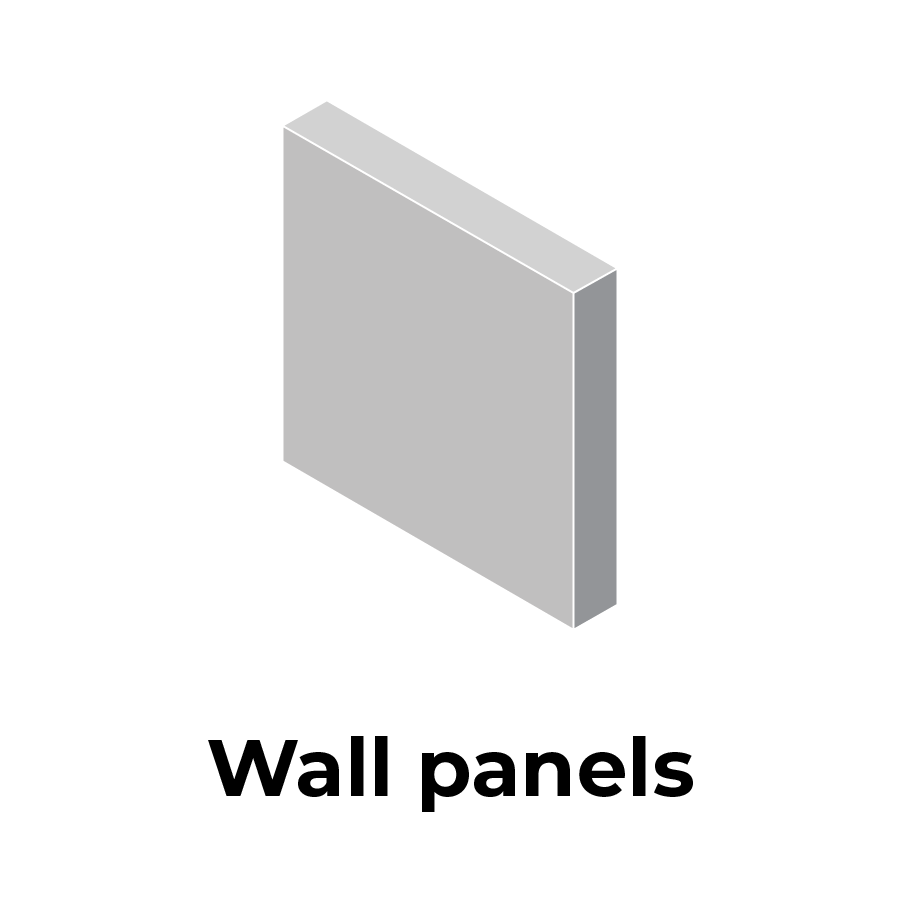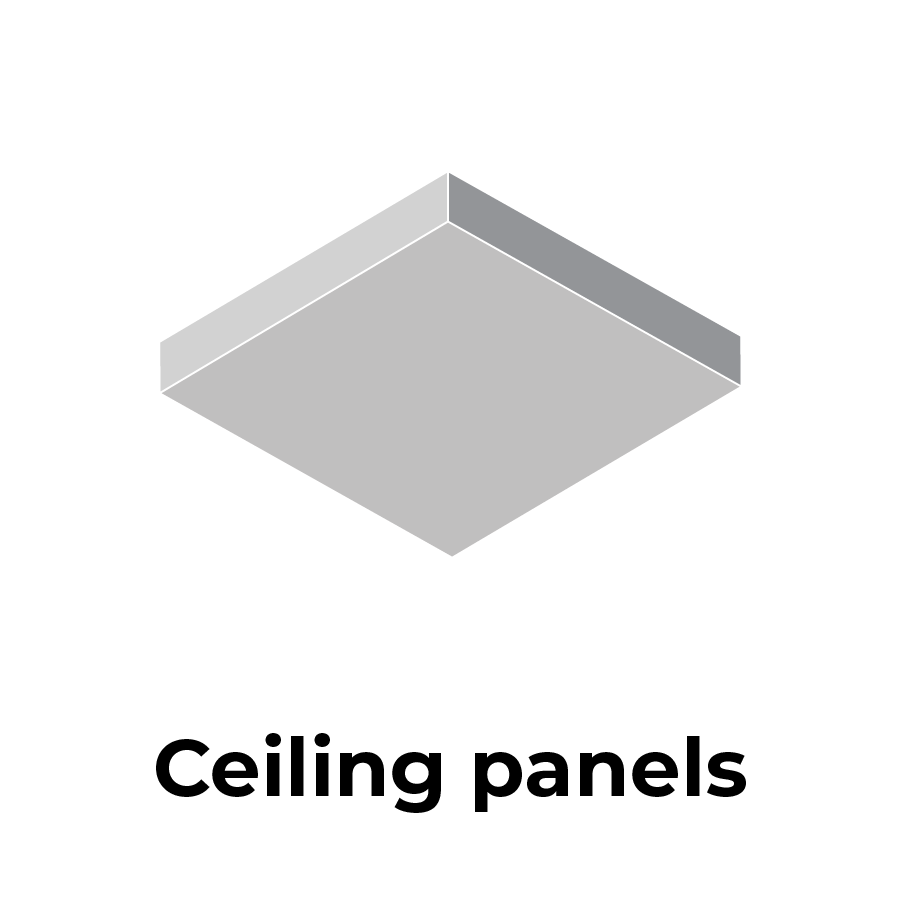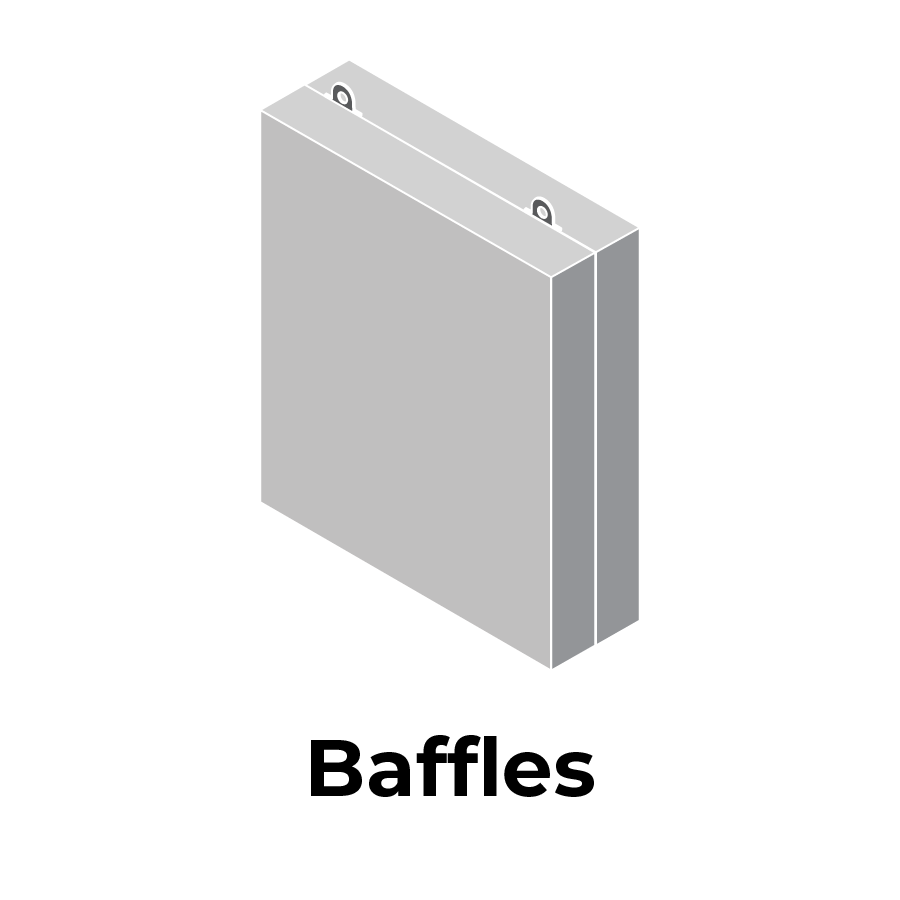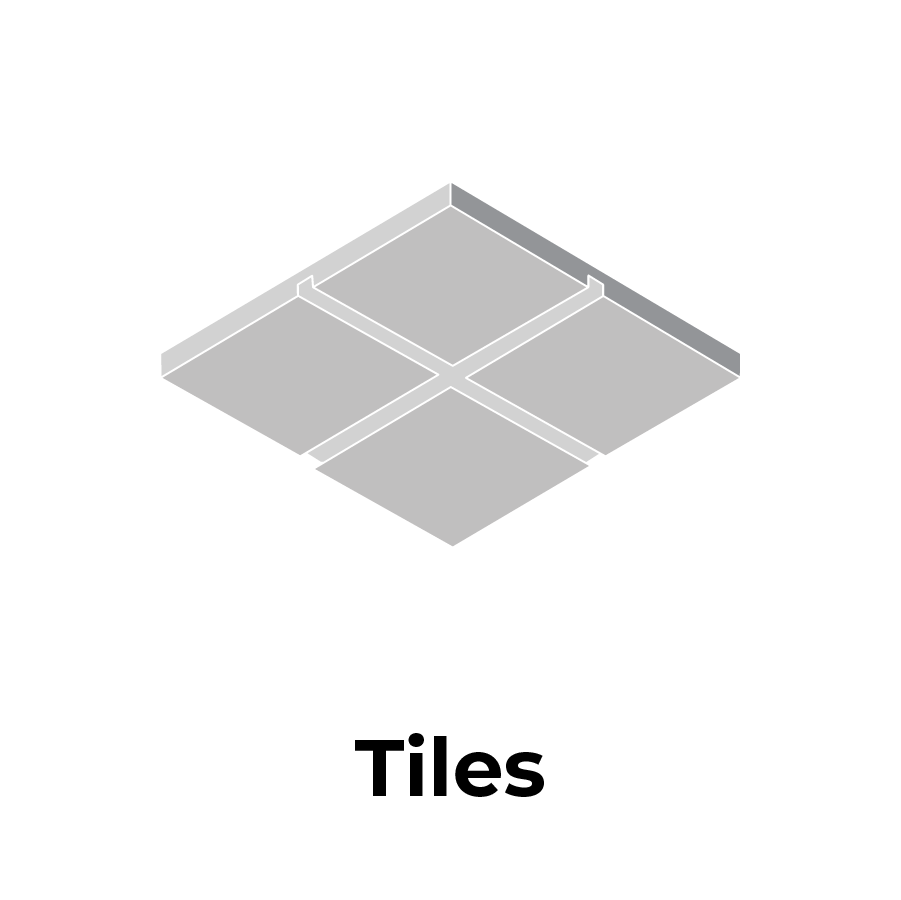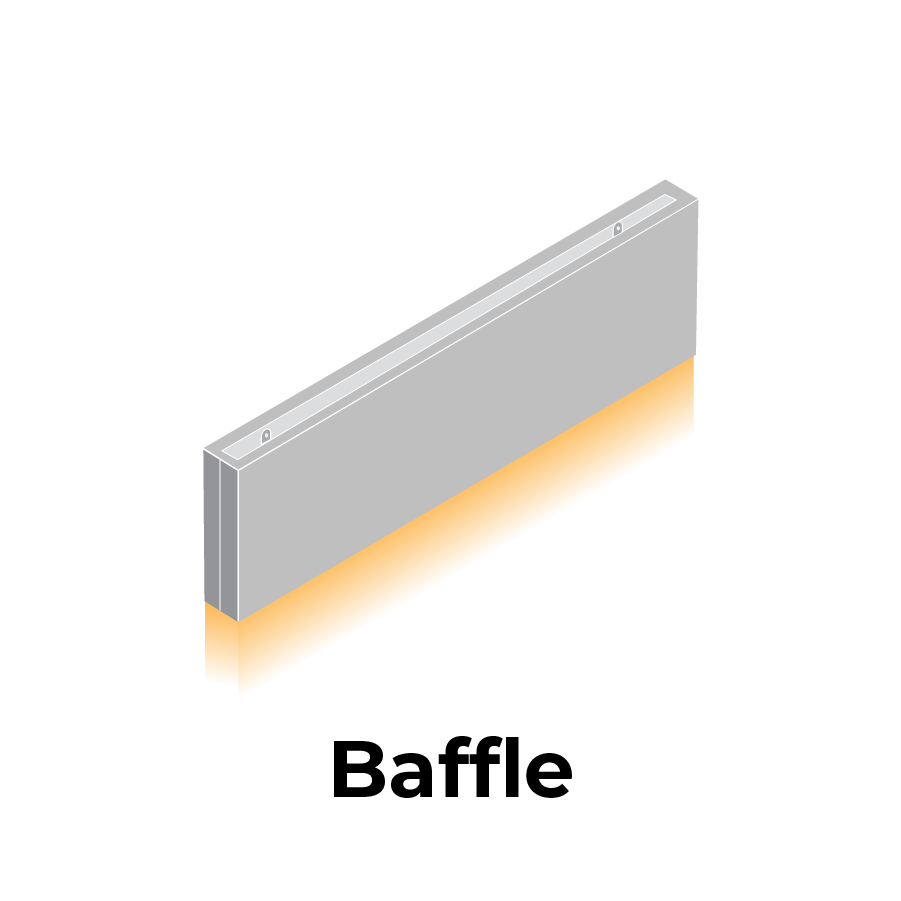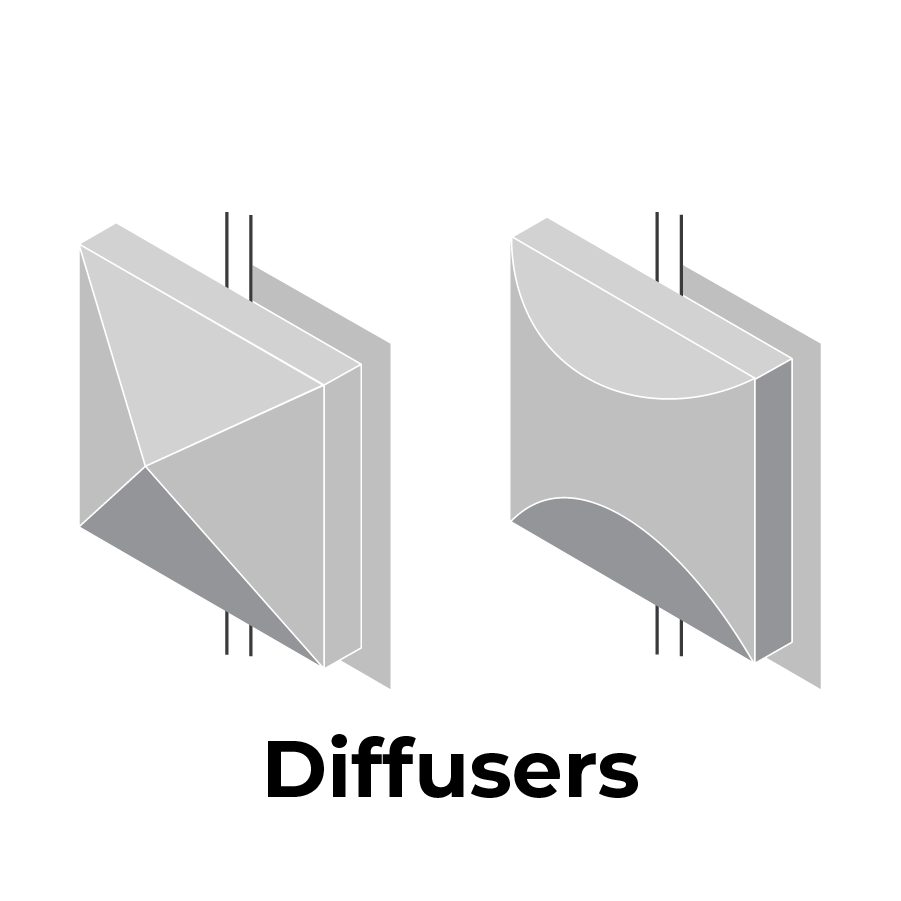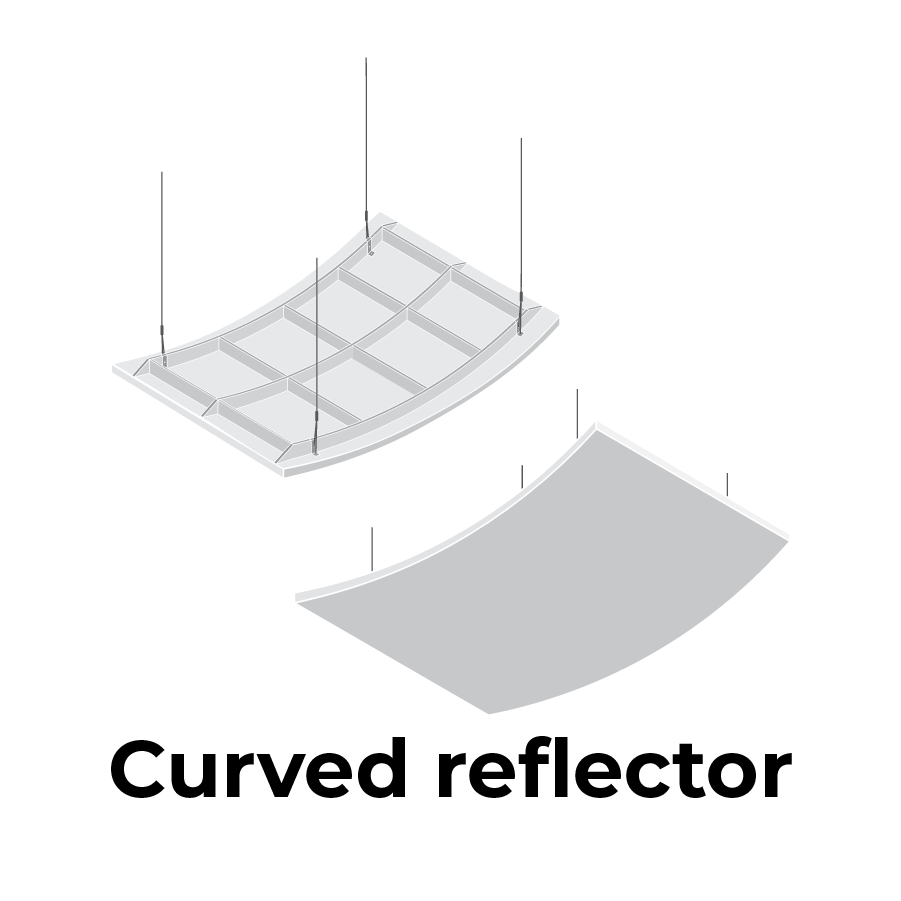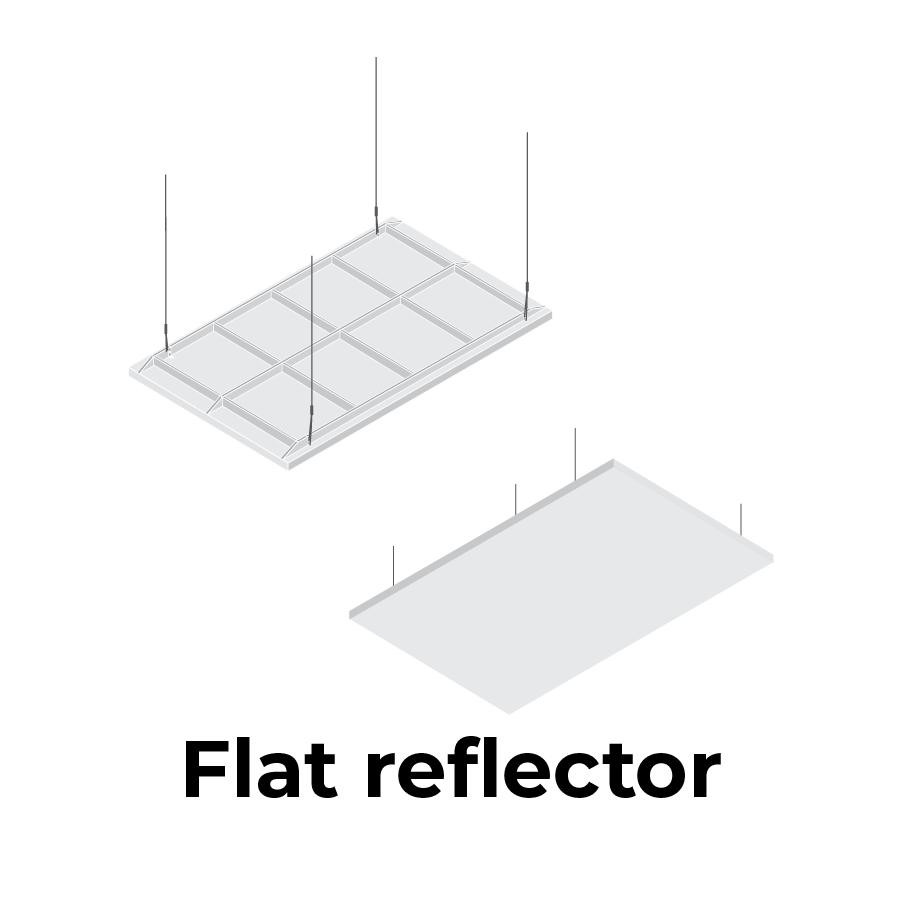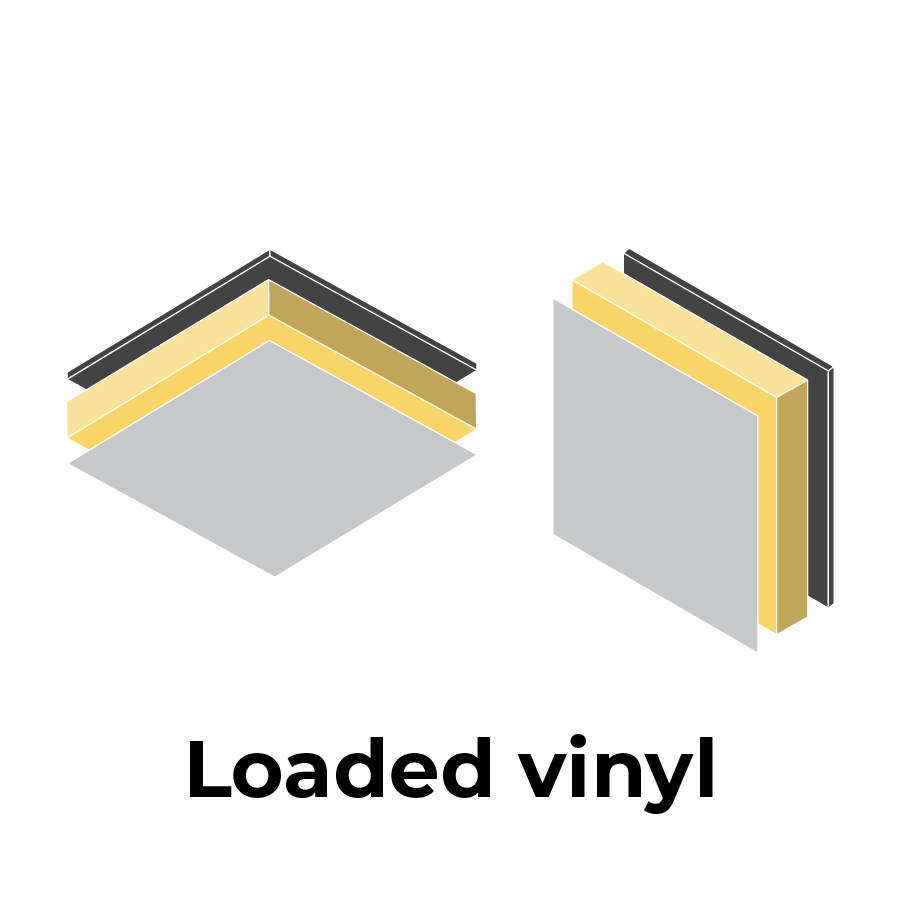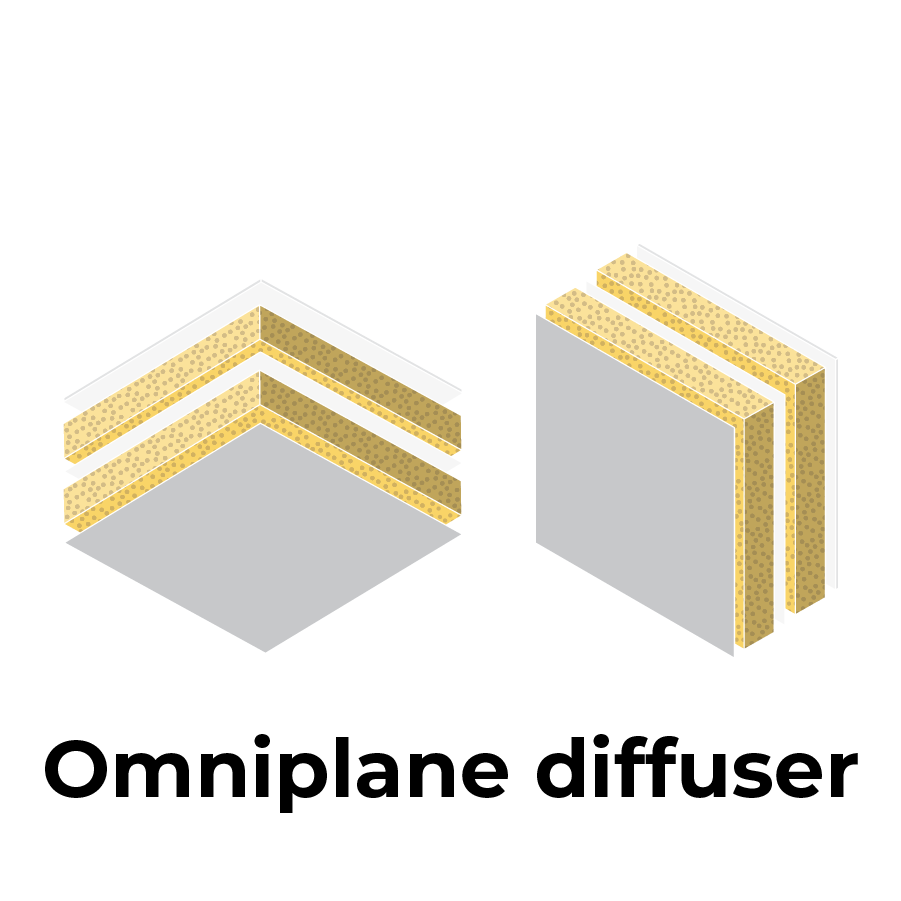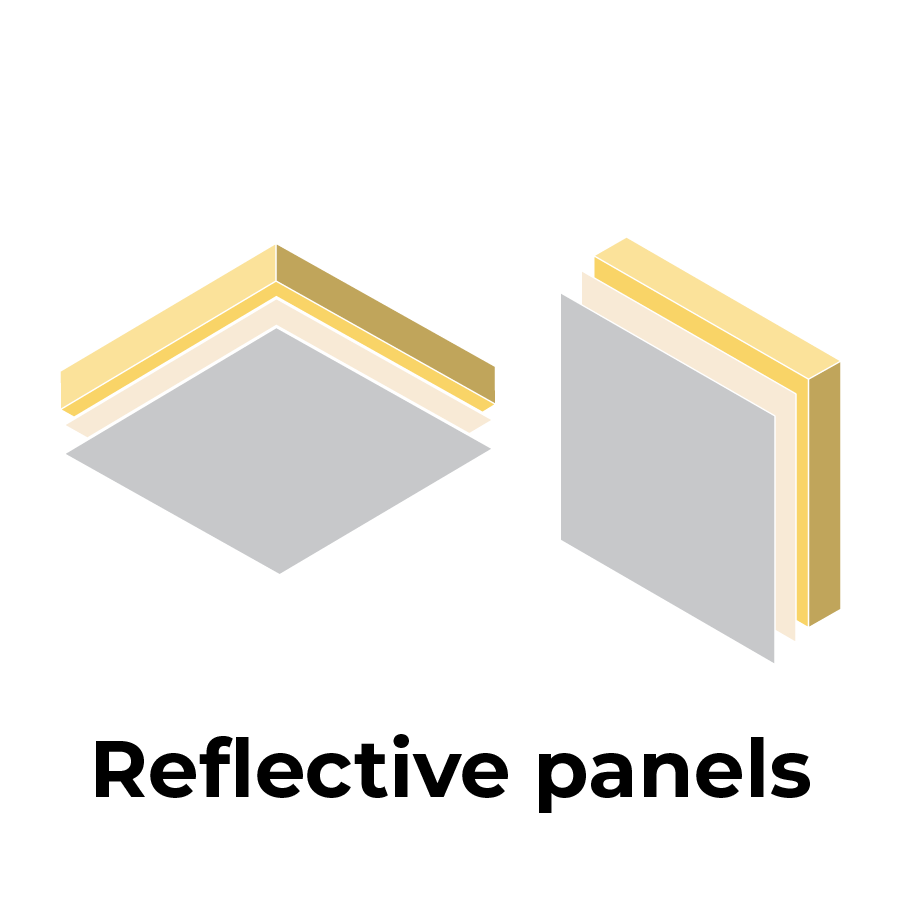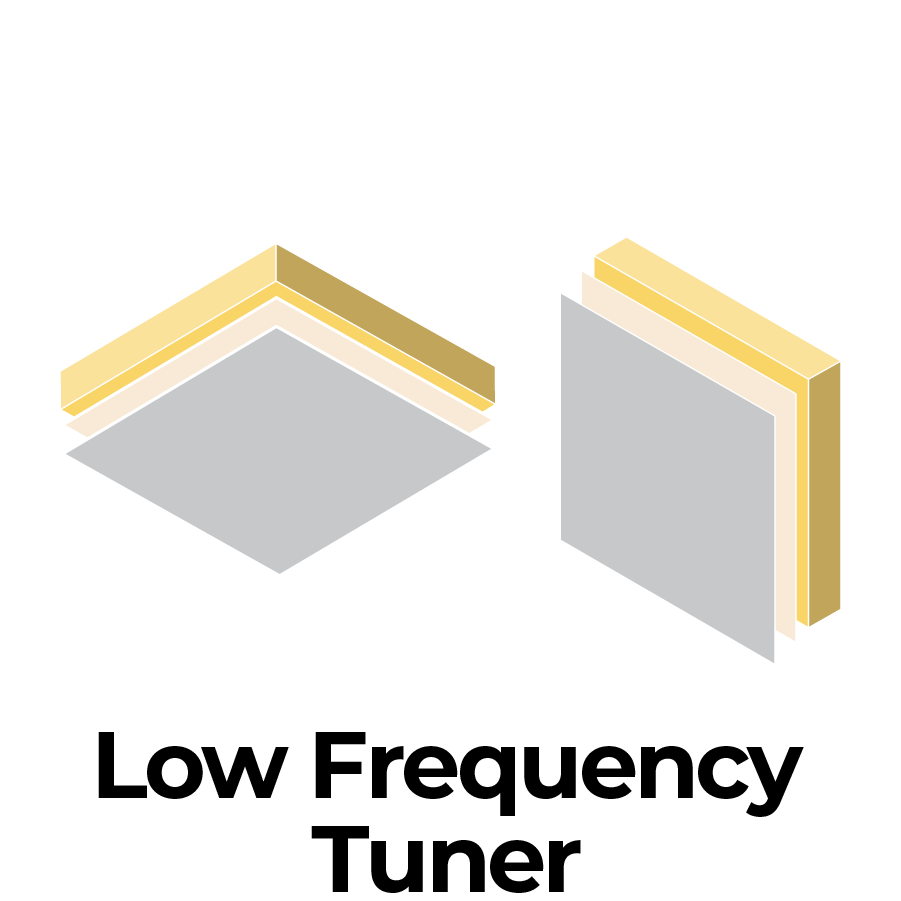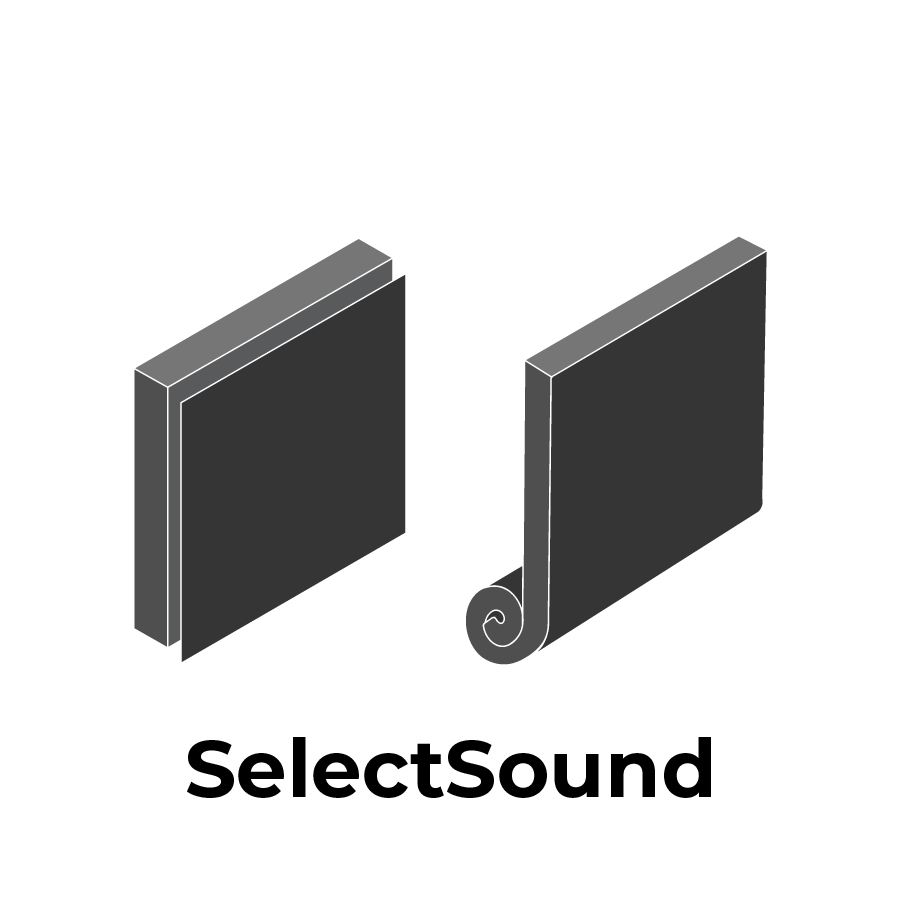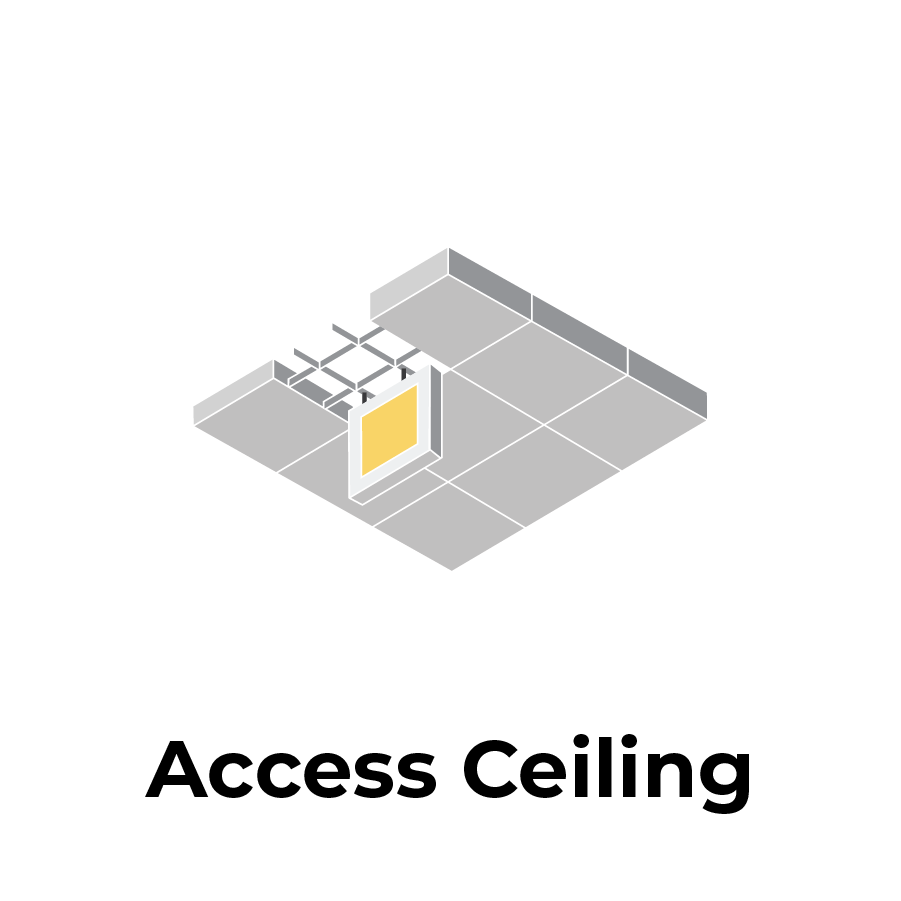The Reason for Ideal Classroom Acoustics
Fitting 40 elementary school kids into a cramped classroom can be tricky. Getting all of them to pay attention? Nearly impossible.
Teachers are expected to teach challenging concepts to students with varying learning styles and background knowledge. When large groups of kids are together, side conversations and sounds can inevitably distract the class from the prescribed lesson. Educators face a common struggle everyday… noise.
Schools are littered with noises. Within the classroom, noises from HVAC systems, computer fans, office equipment, outside car traffic, hallway conversations, playground activities, and lawn maintenance equipment can sidetrack students from the lesson or mask teaching instructions.
Dealing with distractions is part of an educator’s job description. But the interior design of a school can help teachers get the most out of their students.

How Poor Classroom Acoustics Impact Learning
When a classroom’s acoustics are poor, it causes problems with how students understand speech, behave, pay attention, and concentrate. Each of these factors can be critical to a student’s performance within their education. If a student can’t understand what the teacher is saying, they’ll be overwhelmed by the material and be less likely to ask for clarification questions on the concepts. If these students start acting out as a result, this will further distract other students from their education, and the class will be less effective as a result. This reflects poorly on the students, teachers, and administration. Don’t take our word for it, though. The American National Standard has this to say about how noise can impact a children’s learning capabilities: “Young children are more susceptible than adults to the effects of background noise and reverberation on communication with spoken language. Because of this susceptibility, young children also require more favorable classroom signal-to-noise ratios and reverberation times to achieve the same level of speech intelligibility as adults do. Developmental status, linguistics and cognitive proficiency, temporary hearing impairments, and early receptive and expressive language disorders are all factors that affect the greater susceptibility of young children to background noise and reverberation.Missing Words or Phrases?
As you grow older, you develop a keener ability to understand phrases, even when a few words or phrases are omitted. Because of this, adults can understand instruction, even if somebody’s cell phone starts ringing and momentarily drowns out a few words.
A developing brain, however, needs each word enunciated to understand what is going on. This is especially important with words that have low context predictability. Instructors teach terms to help students excel in their homework and tests. If understood correctly, a fifth-grade student should understand that an angle is acute if it measures less than 90 degrees. If a student misses this definition, though, homework can take hours to complete.

Stunting Educational Growth
There are many research studies done proving that poor classroom acoustics results in negative educational performance. One specific study, done in the early 1980s, studied students from a busy Los Angeles community. The schools were also affected by loud noises from a nearby airport. The researchers studied students from “noisy” schools, meaning schools that didn’t optimize their classroom acoustics, and “quiet” schools, meaning schools with ideal classroom acoustics. Those from noisy schools scored lower on simple and difficult puzzle-solving tasks and were much more likely to give up earlier than those from quieter schools. At the same time, those from noisier schools had much lower overall reading levels. First and second-grade students from noisy schools scored relatively lower on standardized reading tests compared to the other students. This means that those schools that ignore classroom acoustics are effectively stunting the educational growth and development of their students. As a result, these kids are more likely to be behind the curve in their future endeavors.Turning the Volume Down
Students and teachers both benefit from better classroom acoustics. For students, improving acoustics improves academic achievement, speech recognition, attendance, and learning behaviors. It also increases seating options for students with hearing limitations and increases student self-esteem. For teachers, improving acoustics can reduce vocal strain and voice fatigue, increase effectiveness, techniques, and mobility.
When to Plan?
The best time to plan for school noise levels is during the initial architectural design period. At this point, it’s easiest and most inherent to accommodate ideal classroom acoustics into a school’s construction plans.
Many schools are designed with little thought put into a student’s hearing. This leaves educators in a challenging situation if they aim to optimize sound levels.
Luckily, specialized acoustic wall or ceiling panels can absorb sounds and can fit well within existing construction’s framework.
Helpful Guidelines to Follow During Planning
The Acoustical Society of America gives helpful guidelines to follow when designing schools. Following theses can help improve student performance within the classroom.- The maximum acceptable ambient noise levels in the classroom is one-hour average A-weighted with a steady background noise level of 35 decibels
- The maximum acceptable reverberation time is 0.6 seconds. Acoustical ceiling tiles are an ideal classroom acoustics material used to soak up excess reverberation.
- Classrooms with ceiling heights less than 10 feet tall only need acoustical ceiling tiles.
- Ceiling heights 12 to 14 feet require some additional classroom acoustics material on the side walls in addition to acoustical ceiling tile.
- Ceiling heights 15 feet and over will require significant quantities of classroom acoustics treatments such as 1” fabric wrapped fiberglass wall panels or equivalent.
- All interior and exterior classroom walls must meet or exceed Sound Transmission Class Rating STC-50. Sound Transmission Class is the officially-tested sound insulation rating for a given wall, floor, ceiling, door, or window assembly.
- Partition walls between classrooms and music rooms, mechanical rooms, cafeterias, gymnasiums, indoor swimming pools, or exterior machinery must meet STC-60.1
- All classroom partitions must extend and seal to a structural ceiling rather than a false drop ceiling.
- Classroom entry-door systems must meet STC-30 with a fully sealed perimeter and threshold.
- Exterior windows must be evaluated based on existing outdoor ambient noise levels and the total glazed area.
- Carpeting on classroom floors helps control reverberation, reduce footfall noise to classrooms below, and minimize noise from moving chairs and feet.
- Classrooms must be free of discreet echoes caused by large, flat walled areas. These echoes can be eliminated through careful sound absorbing material placement like large bookshelves or furniture.


